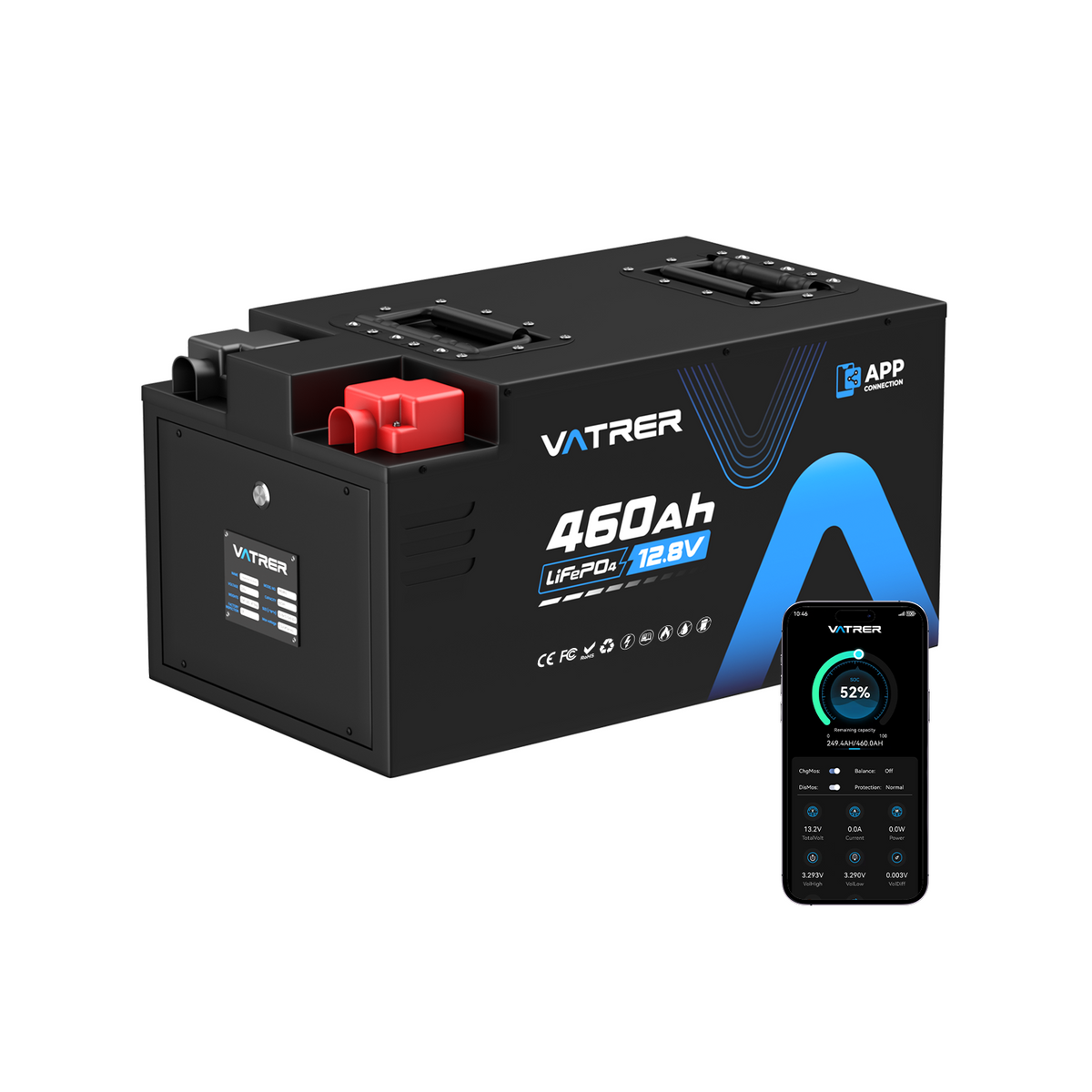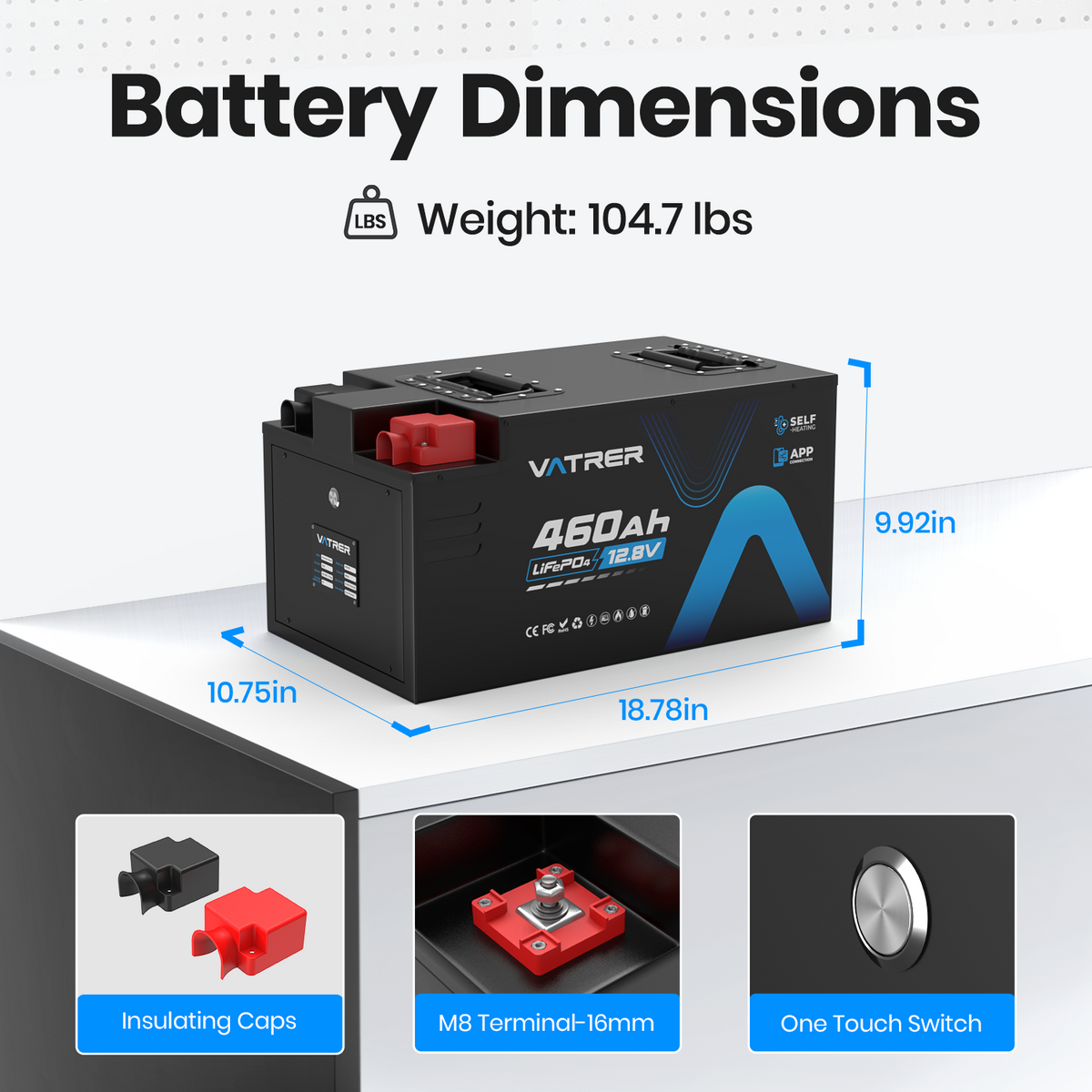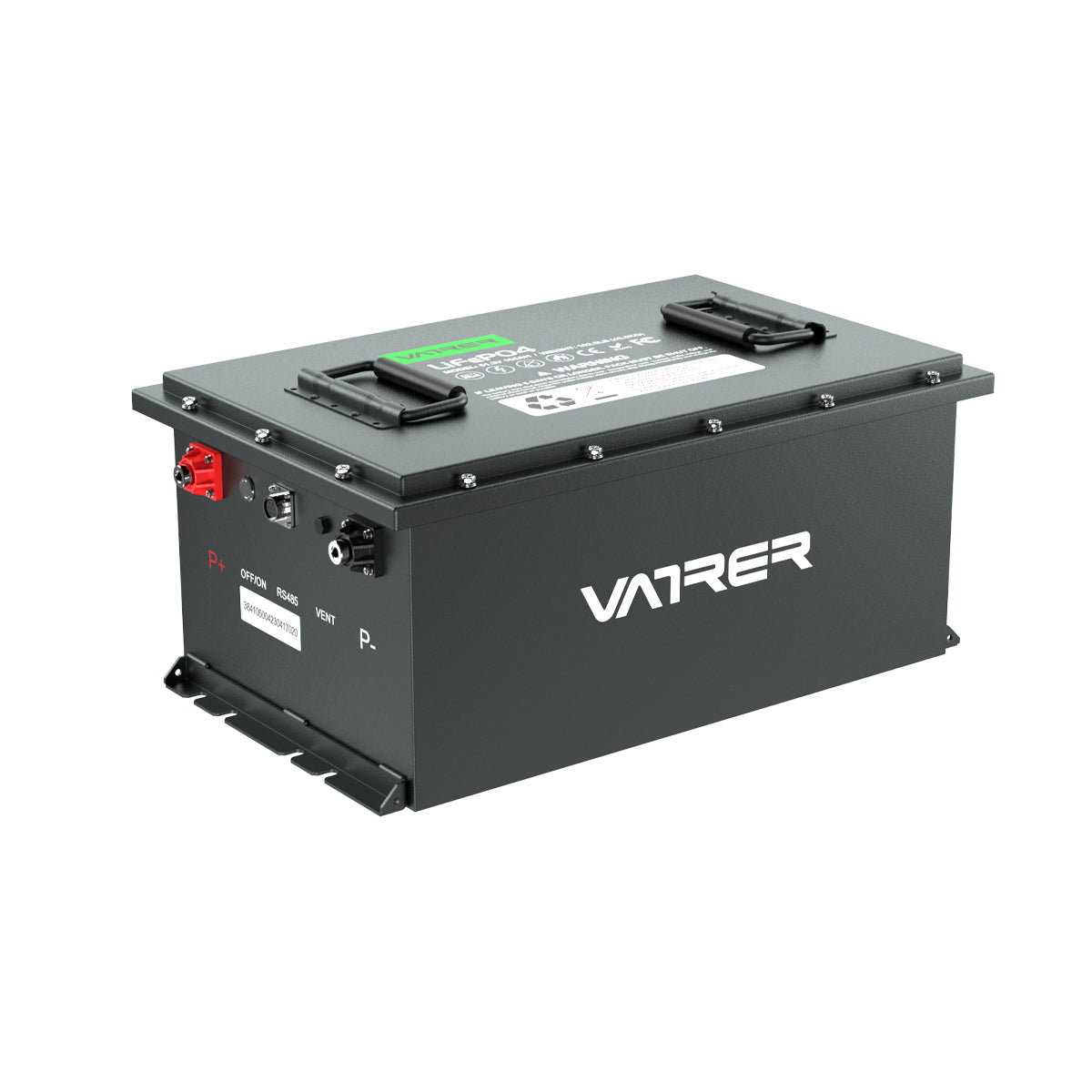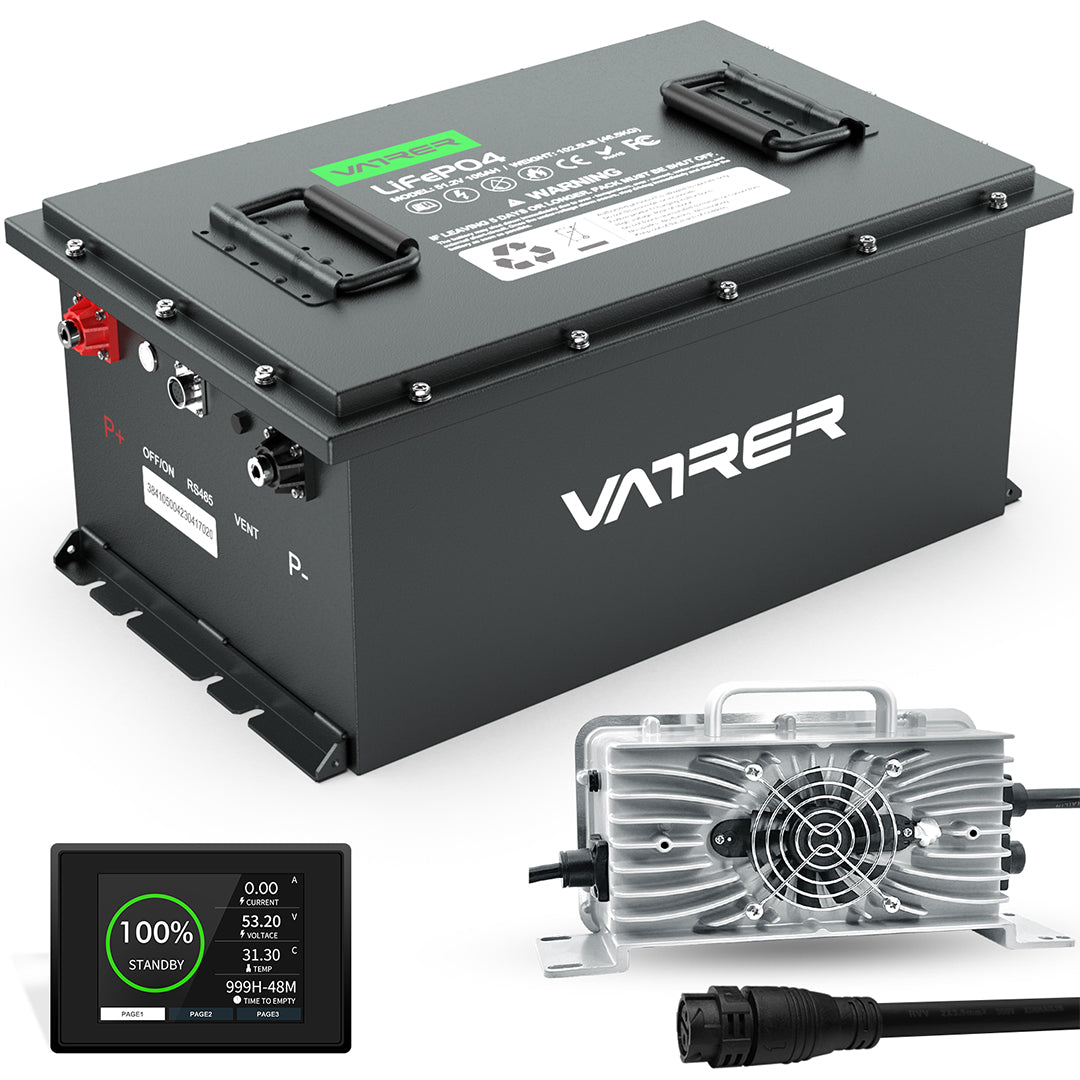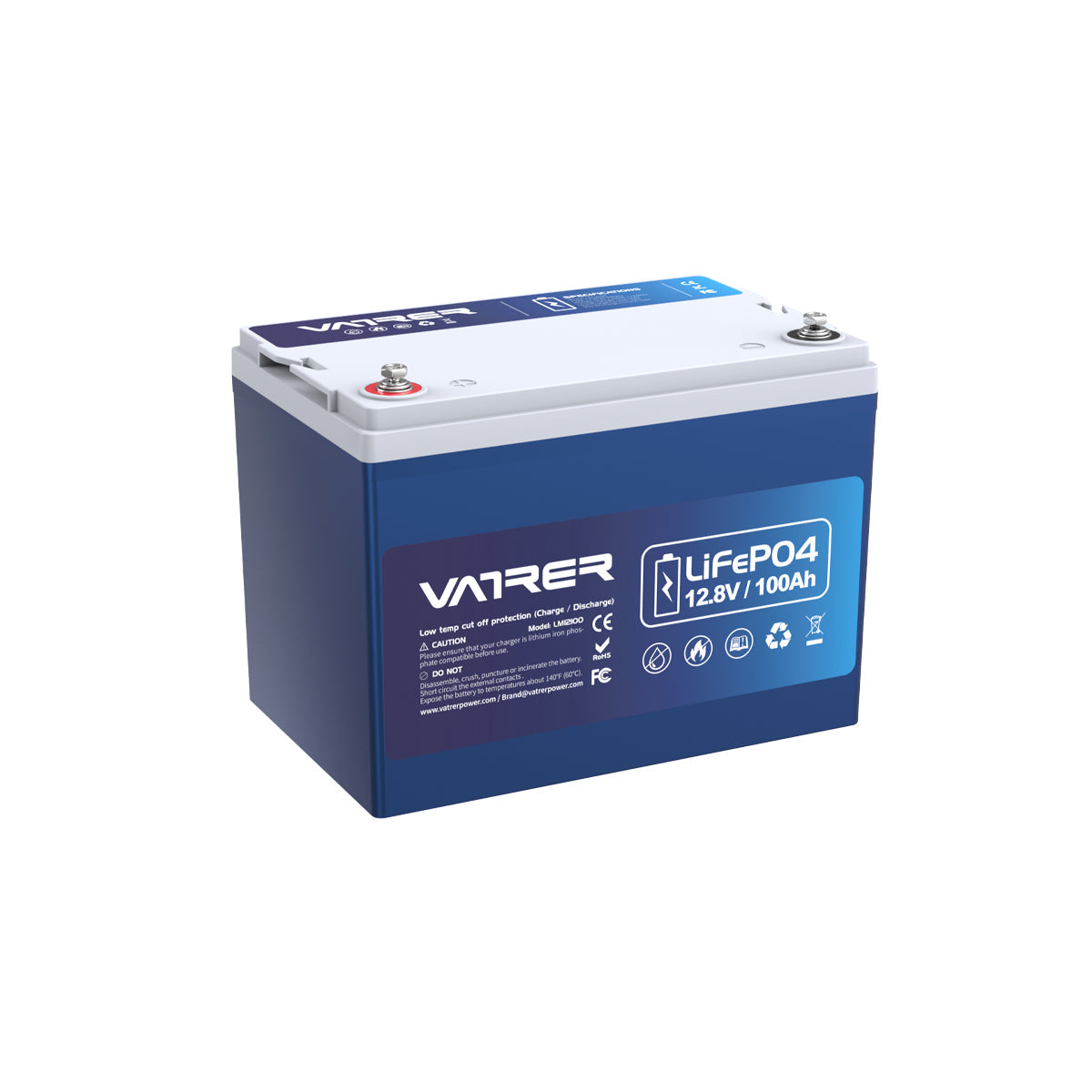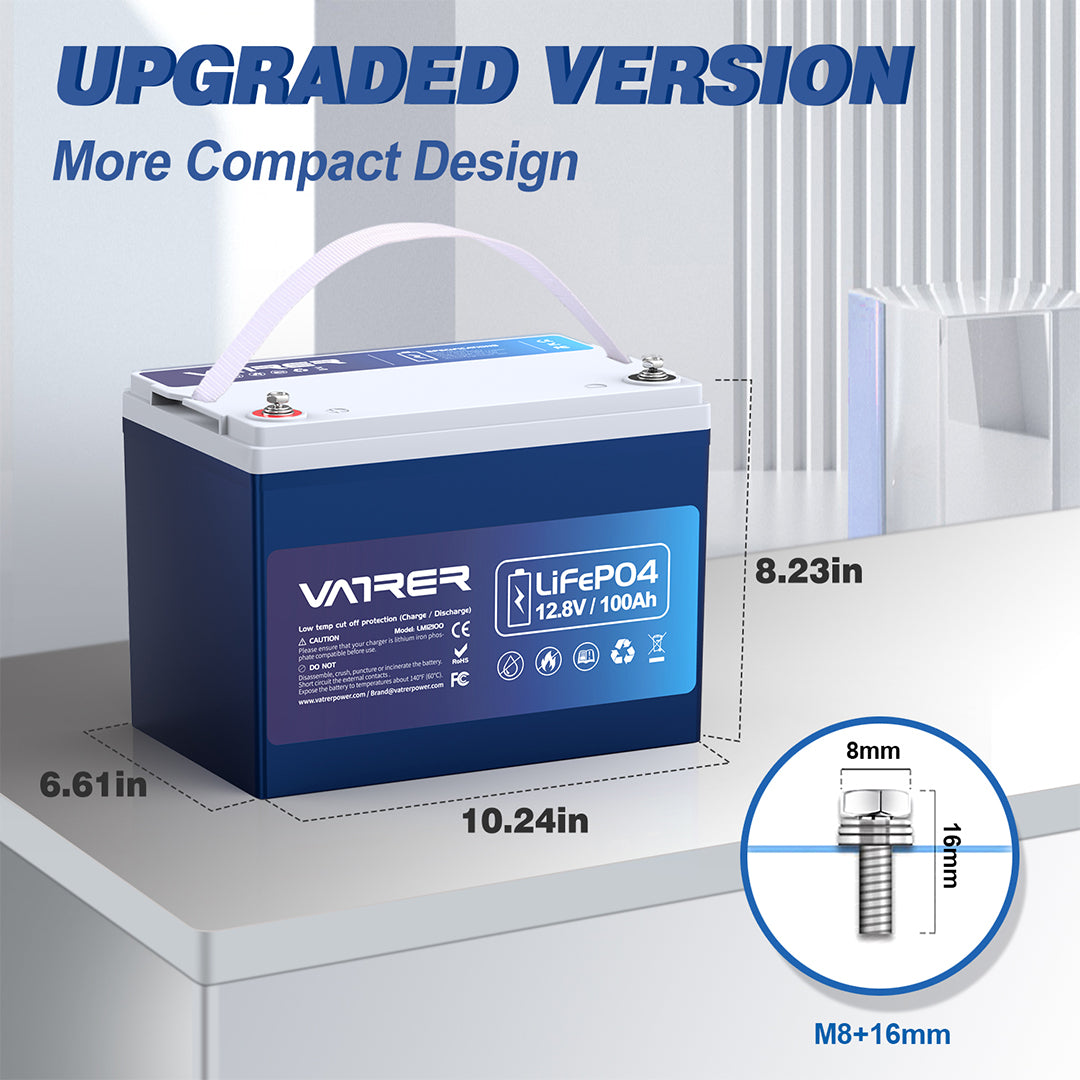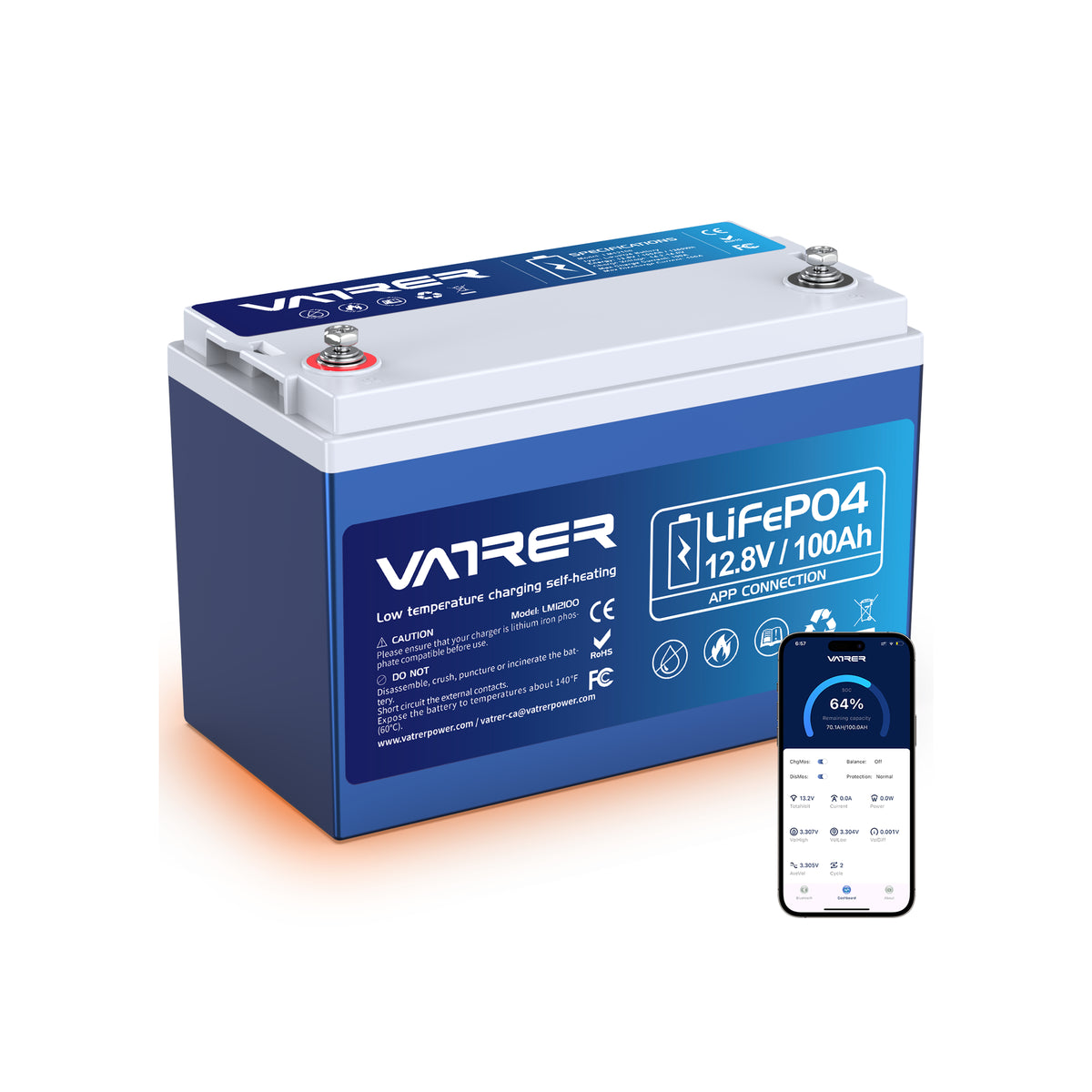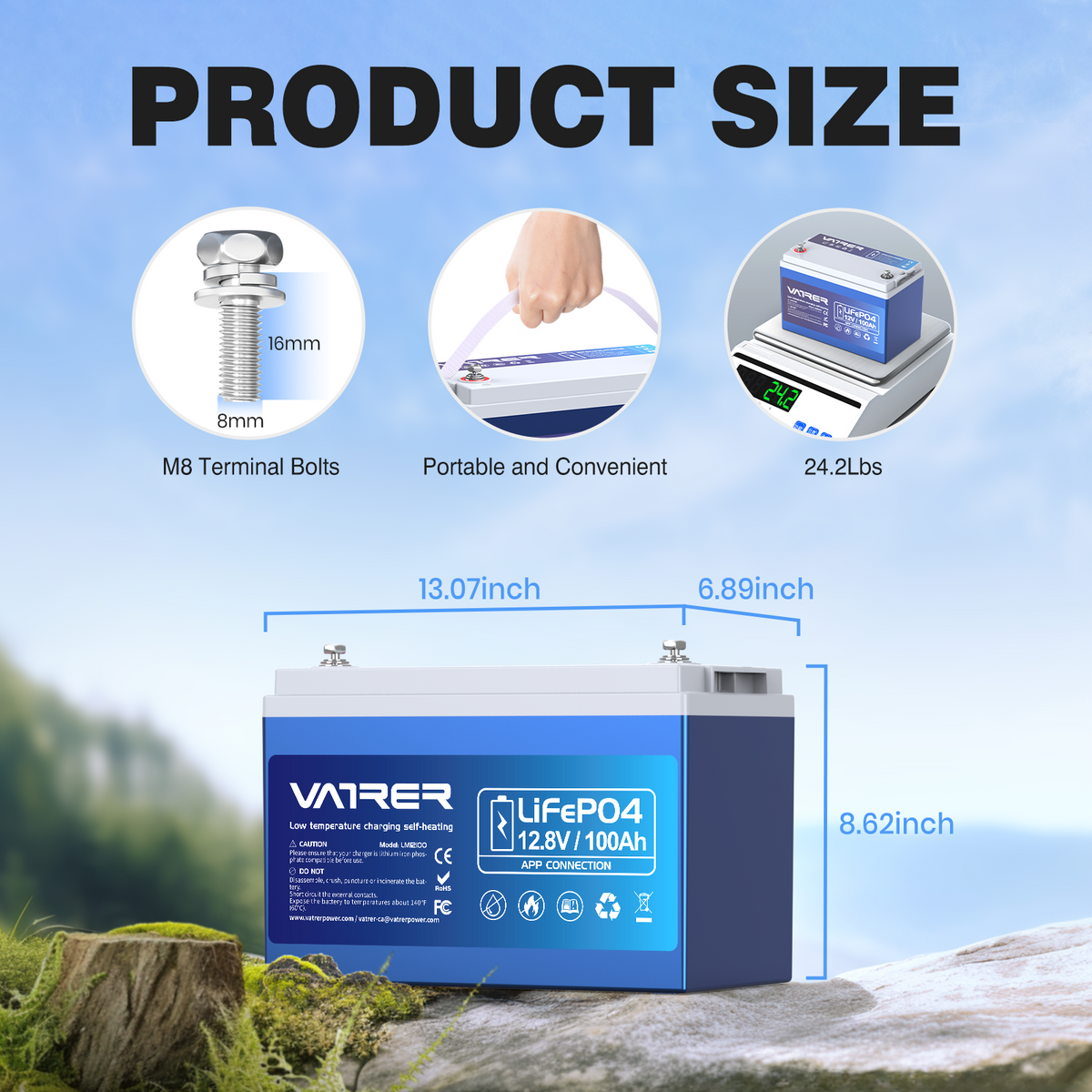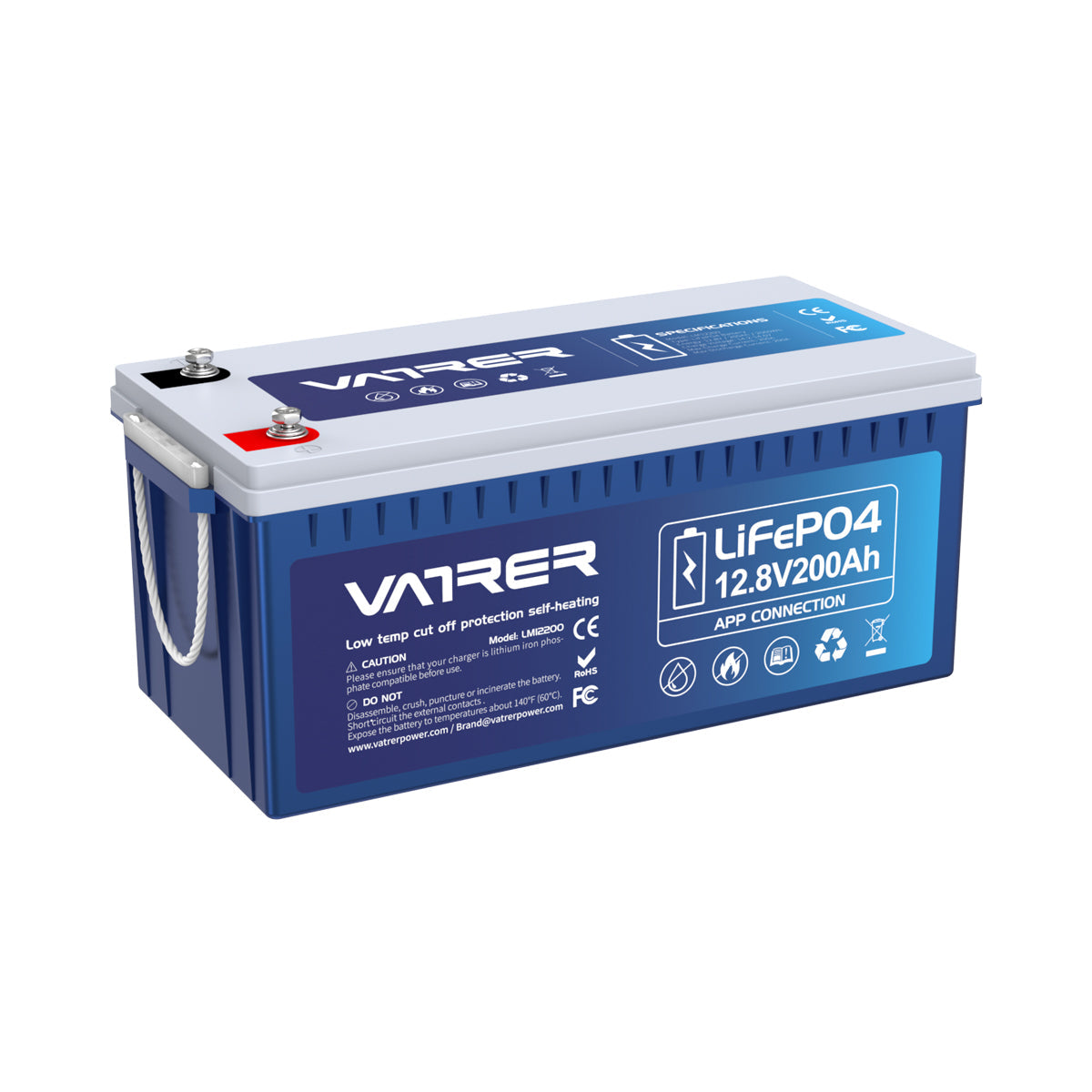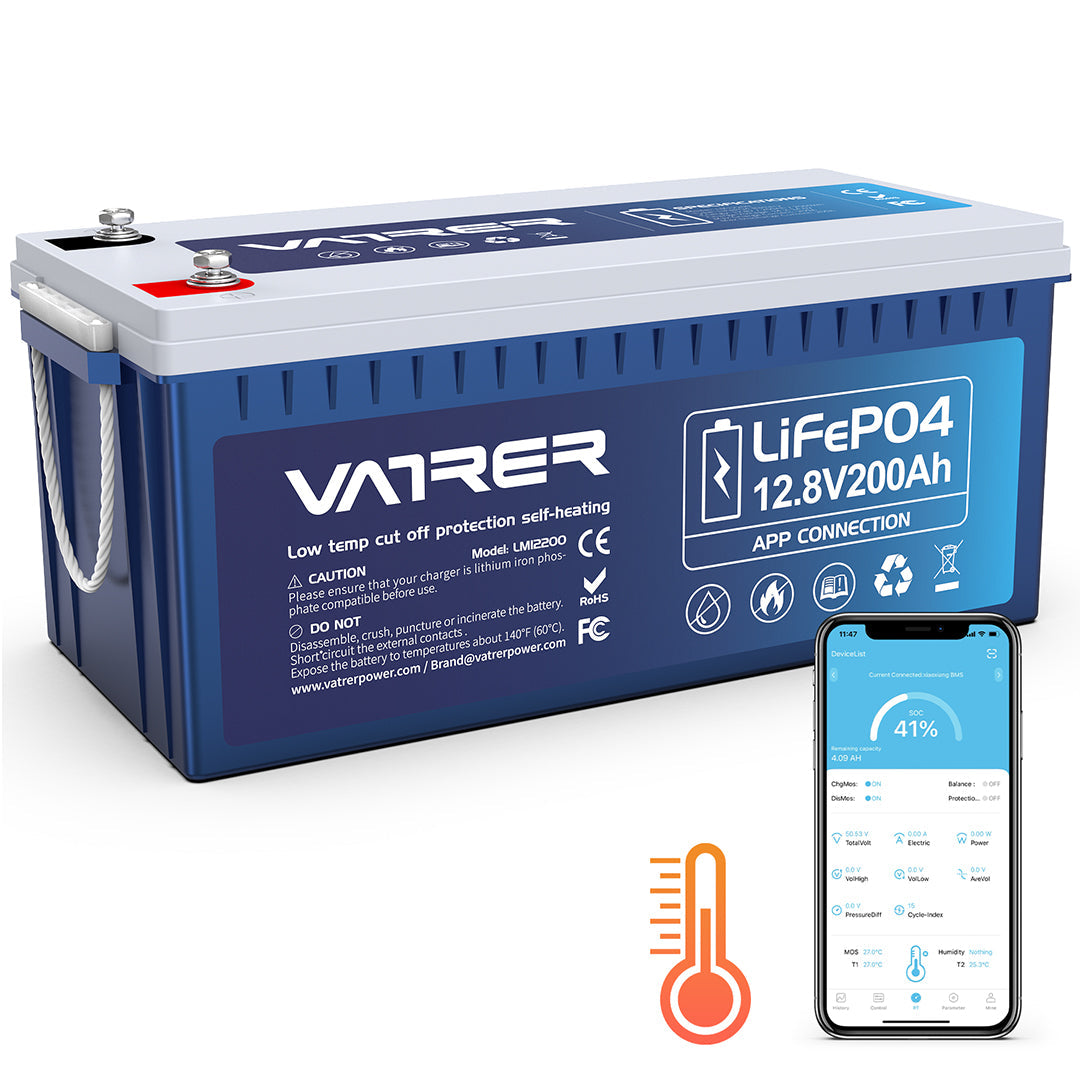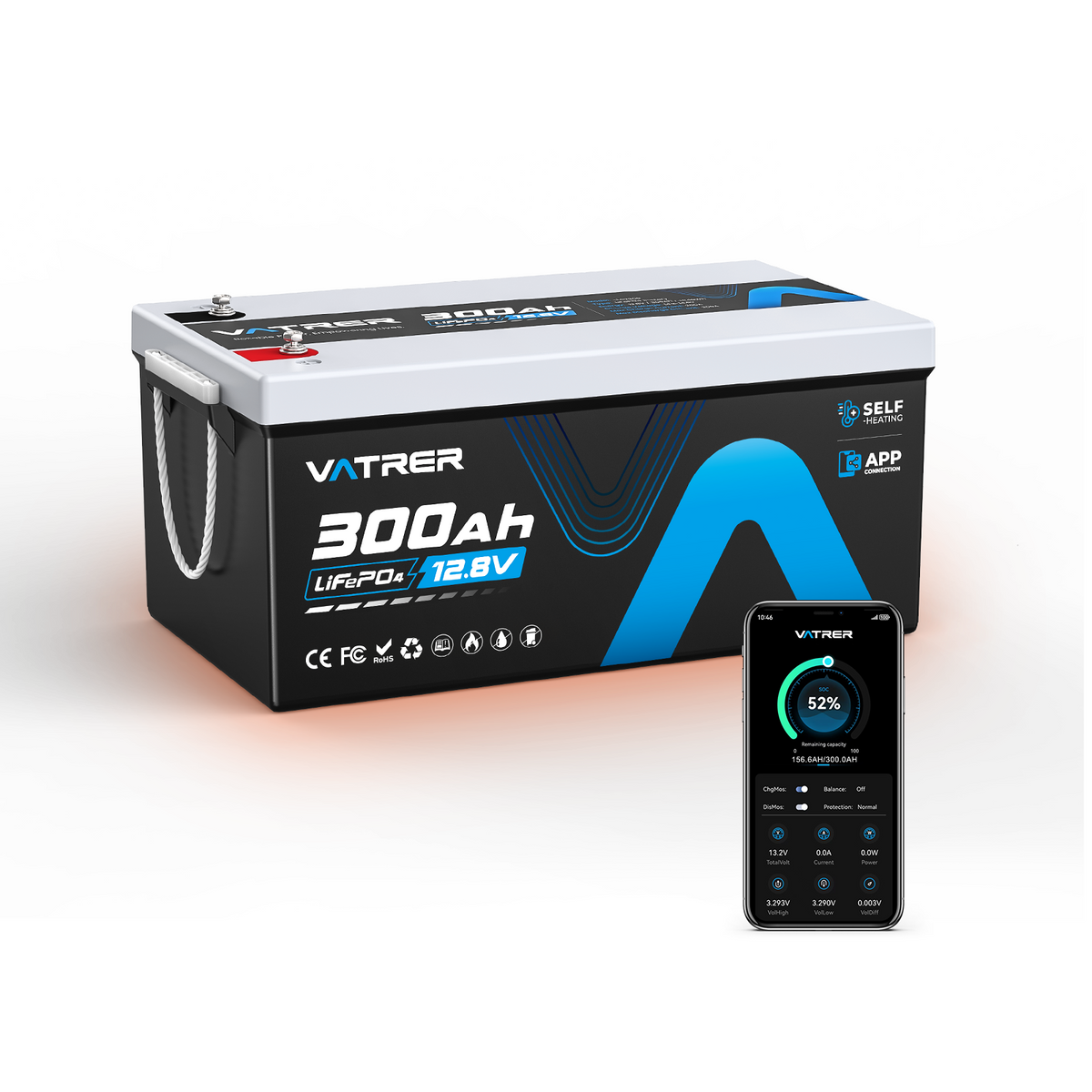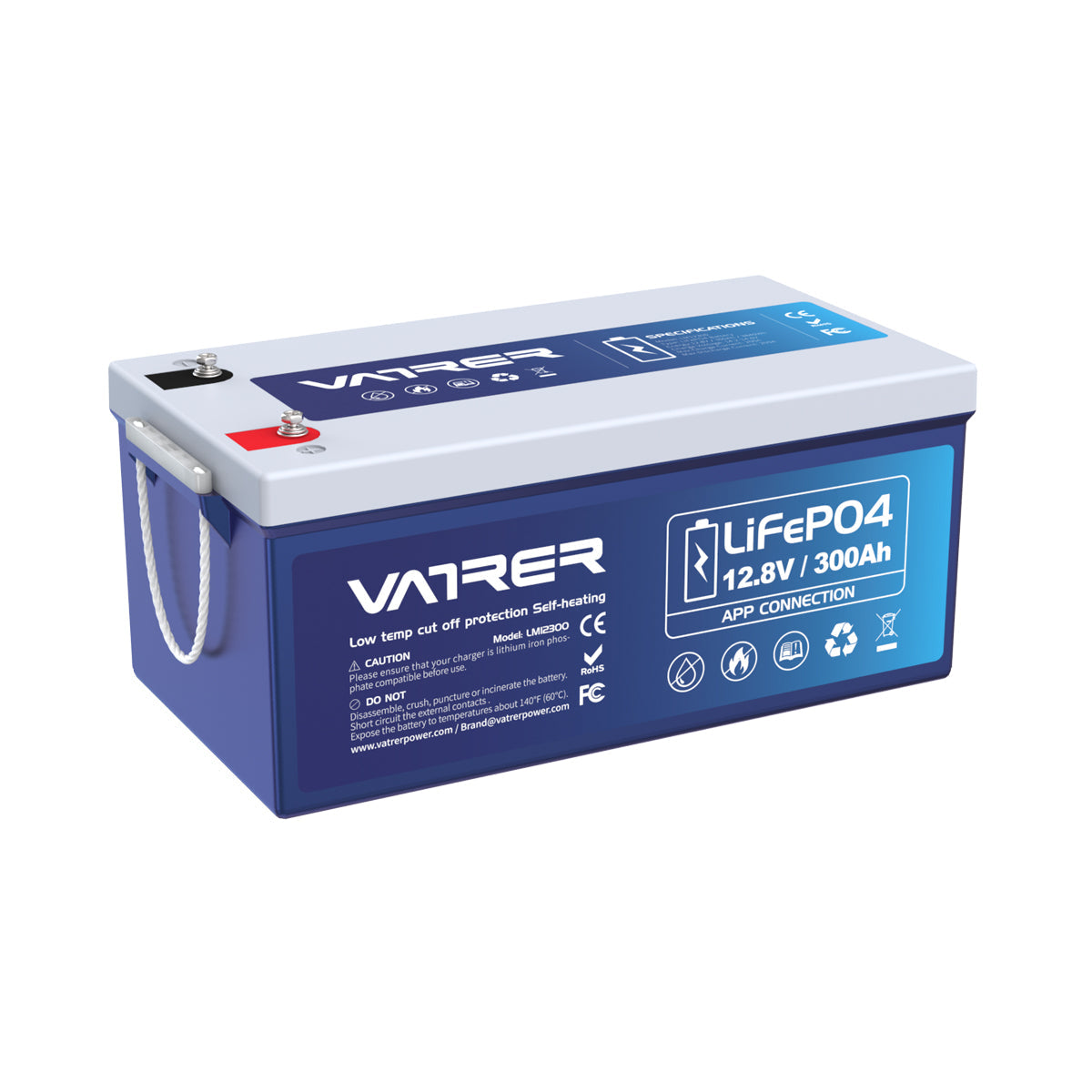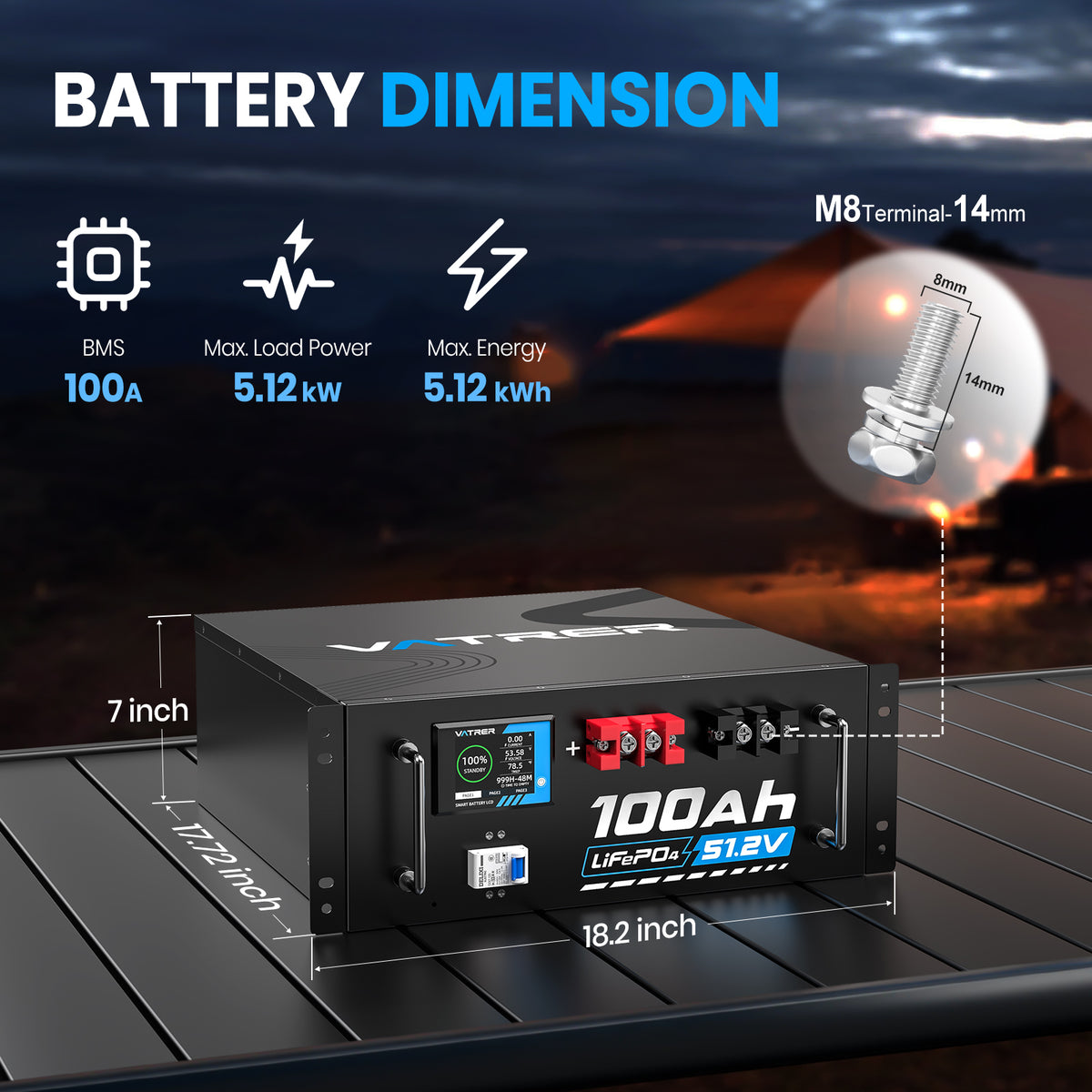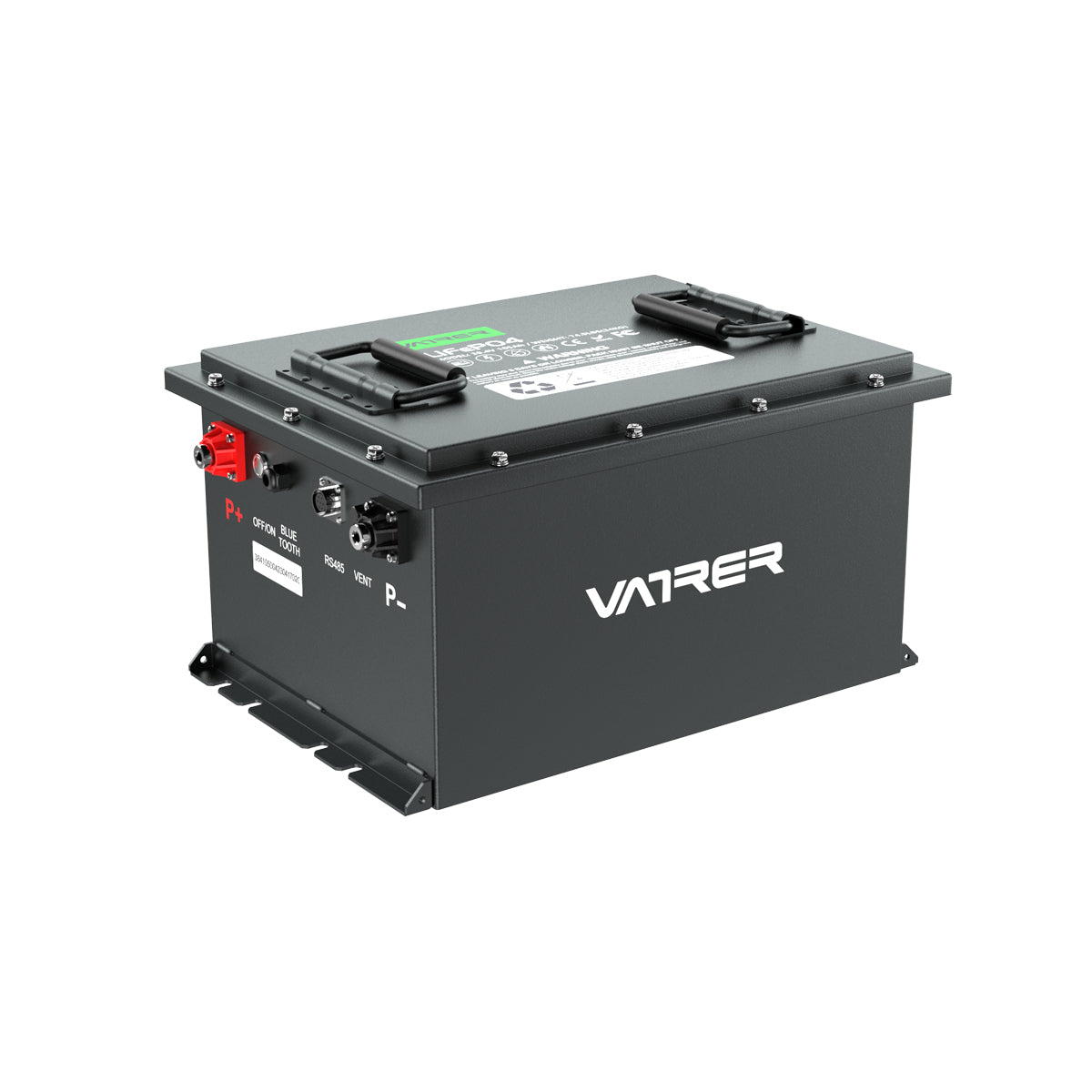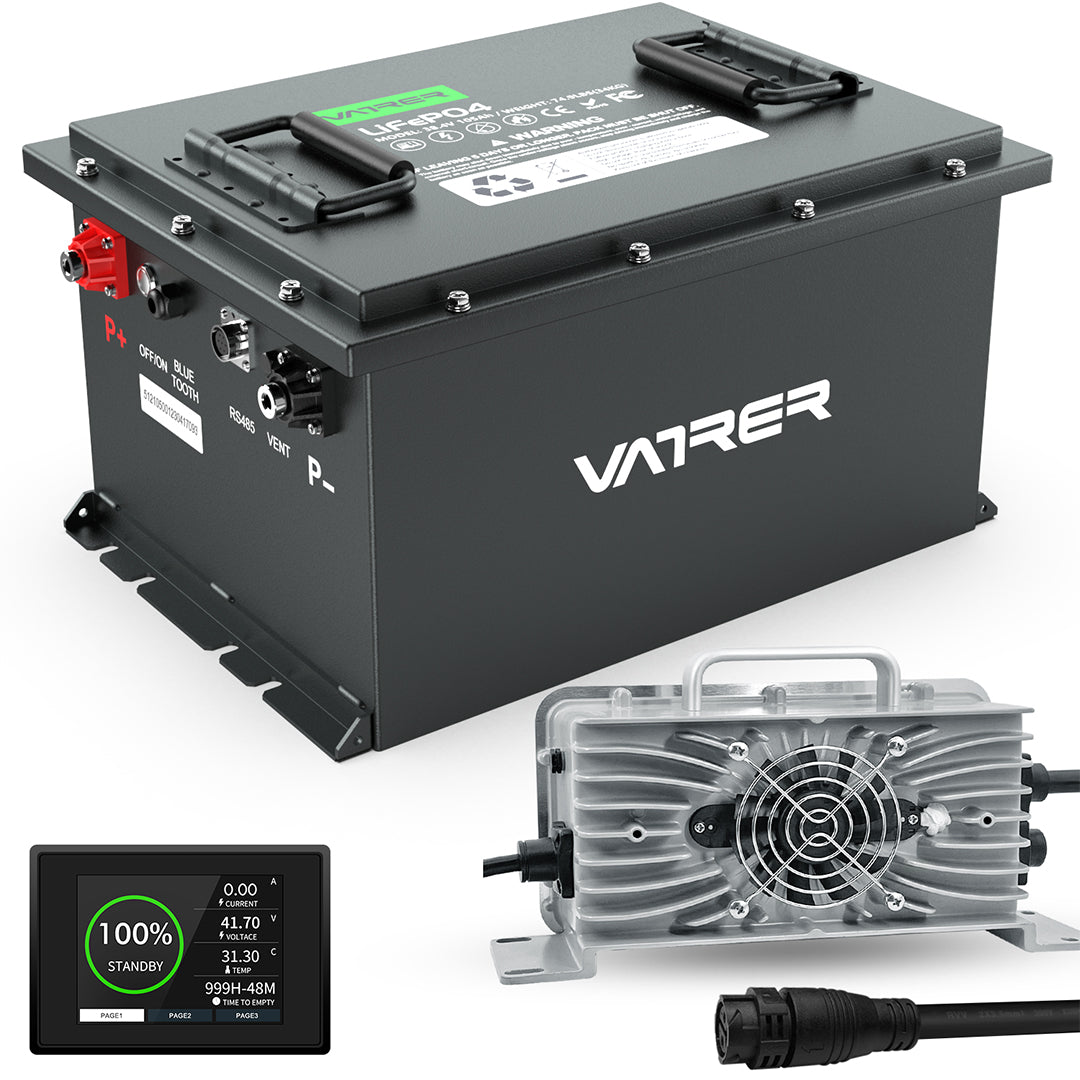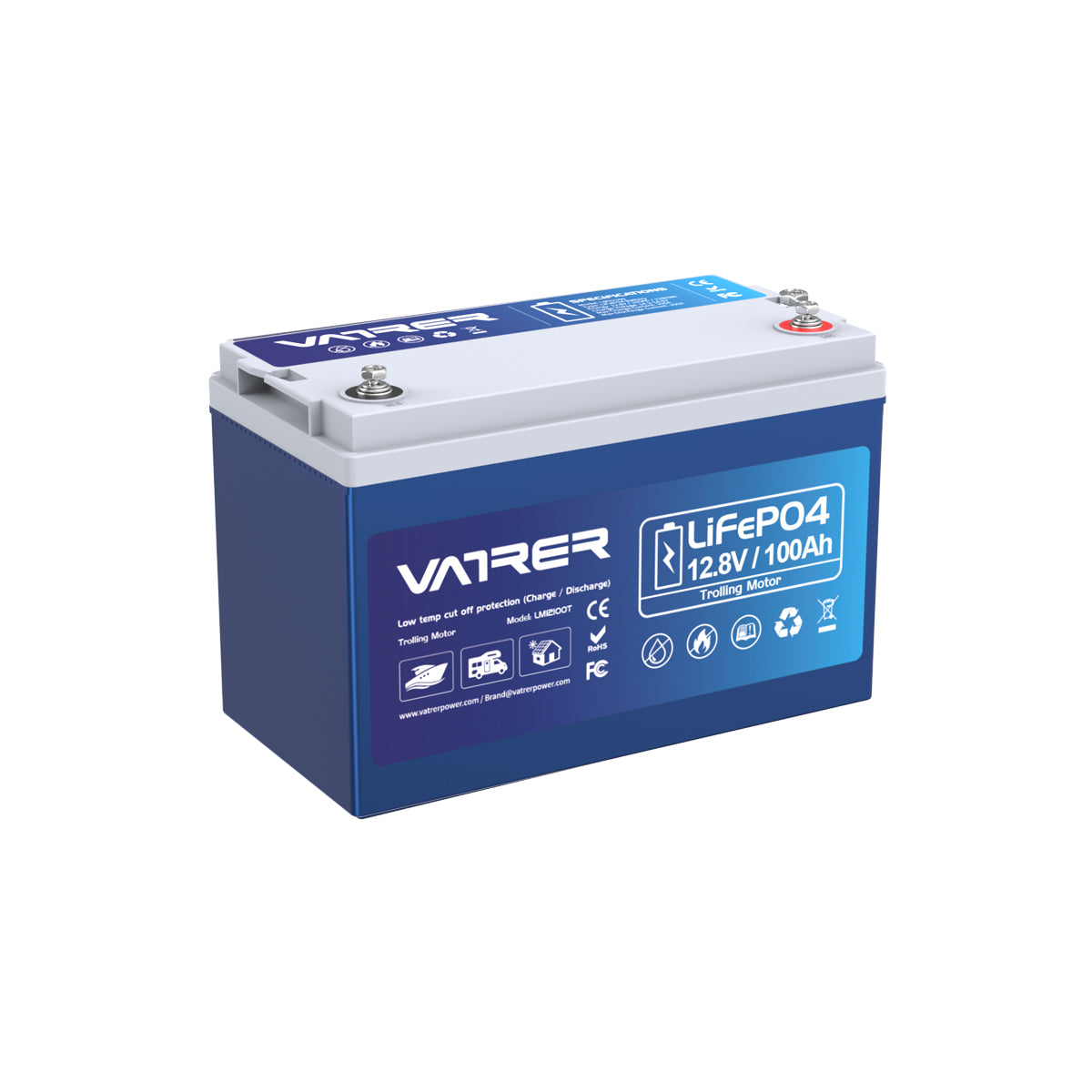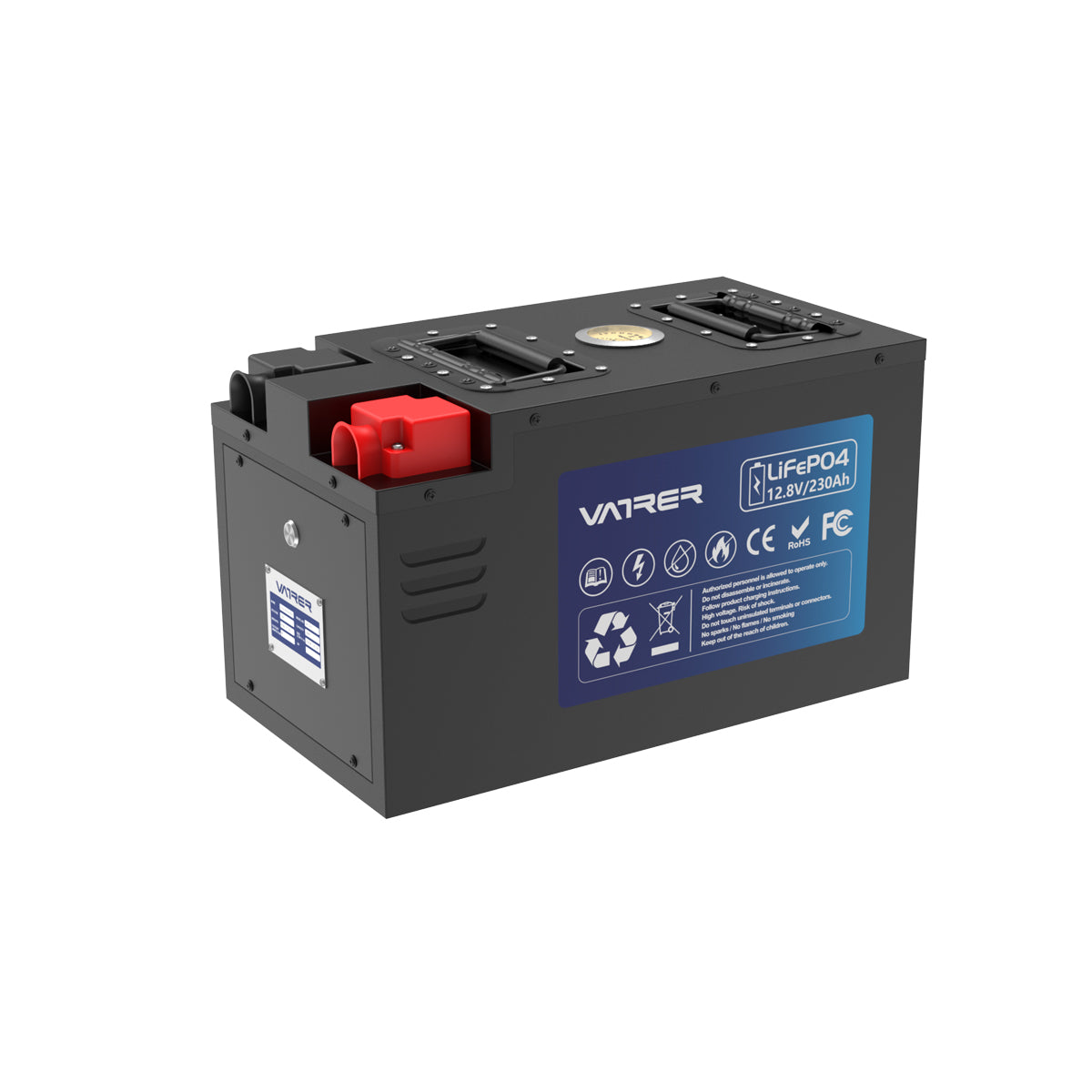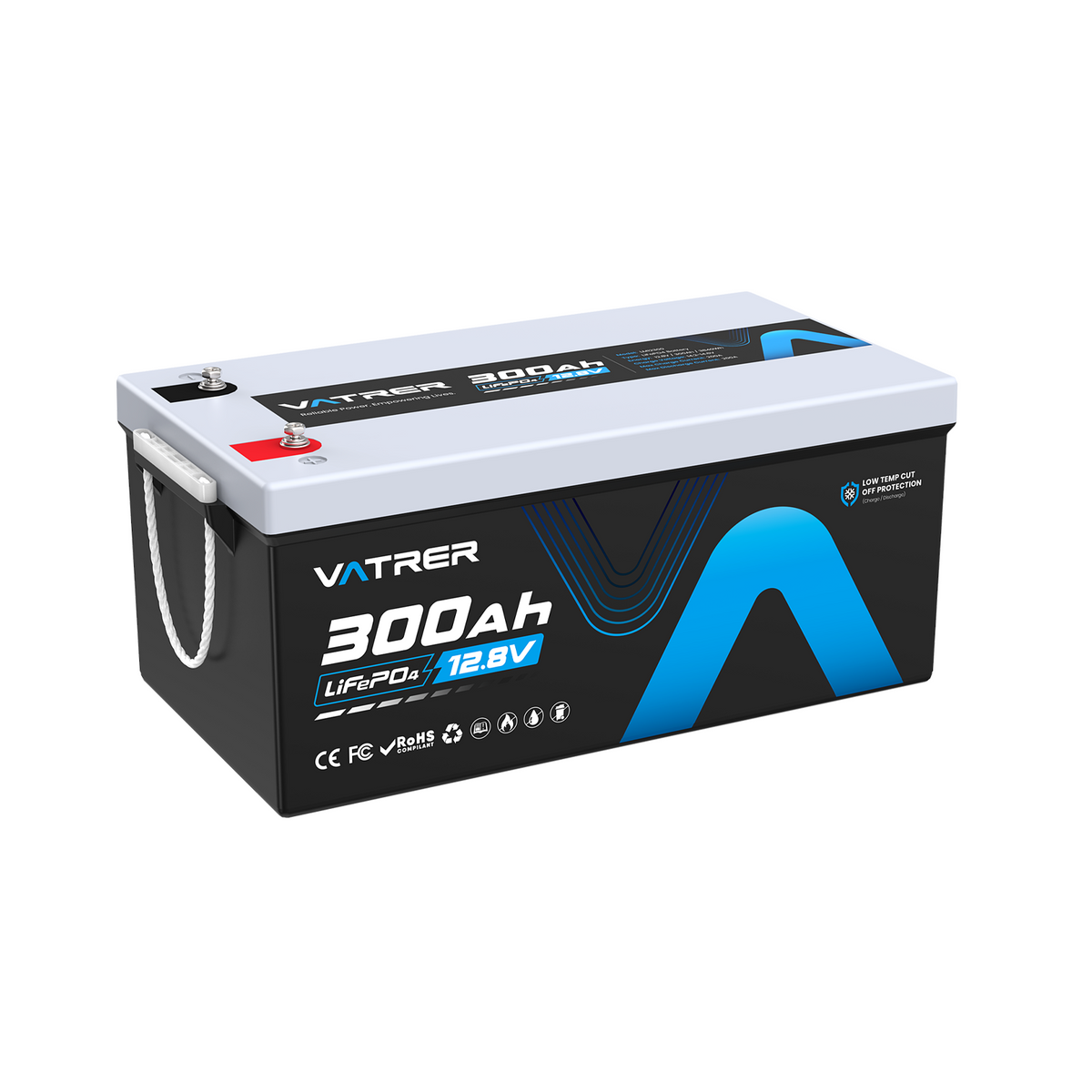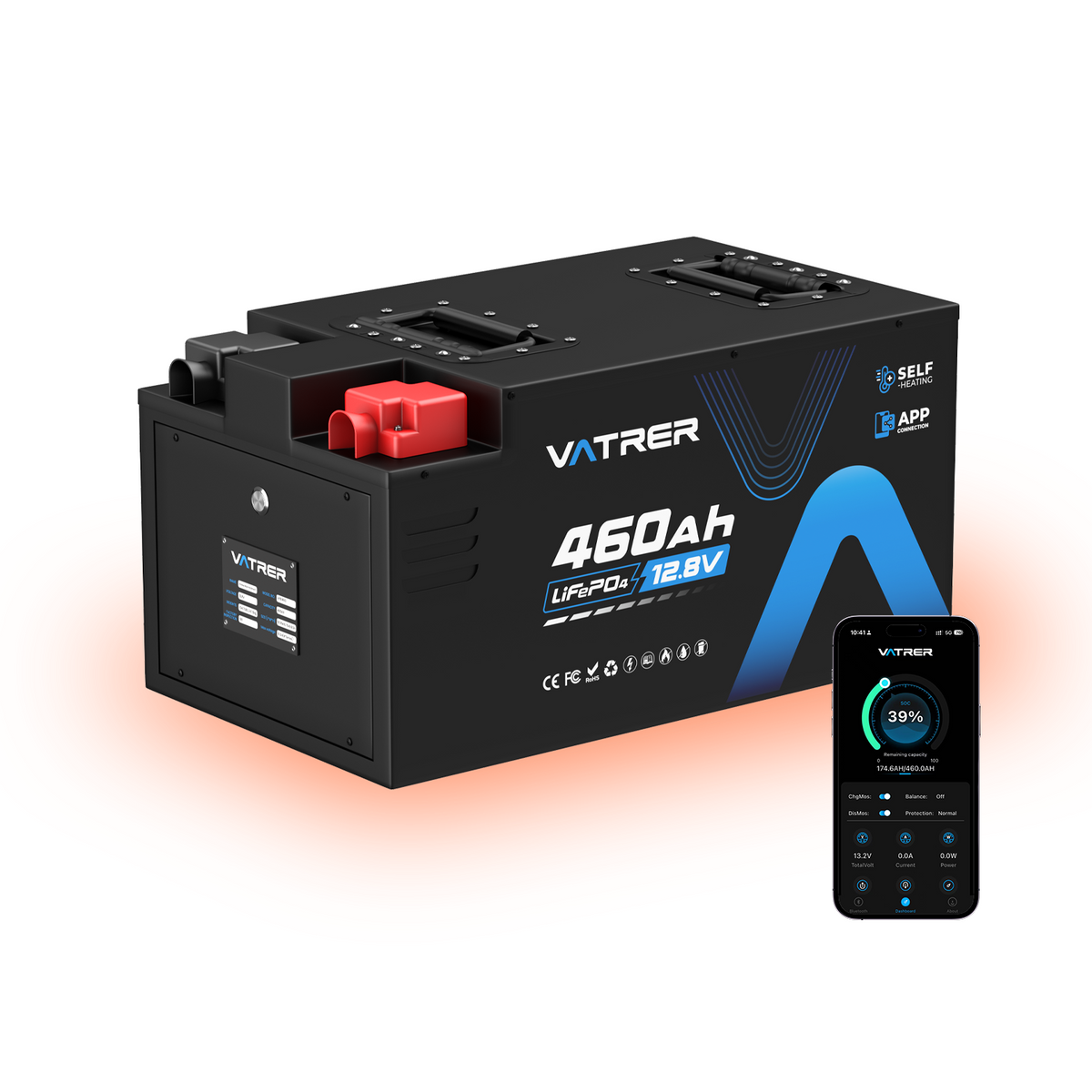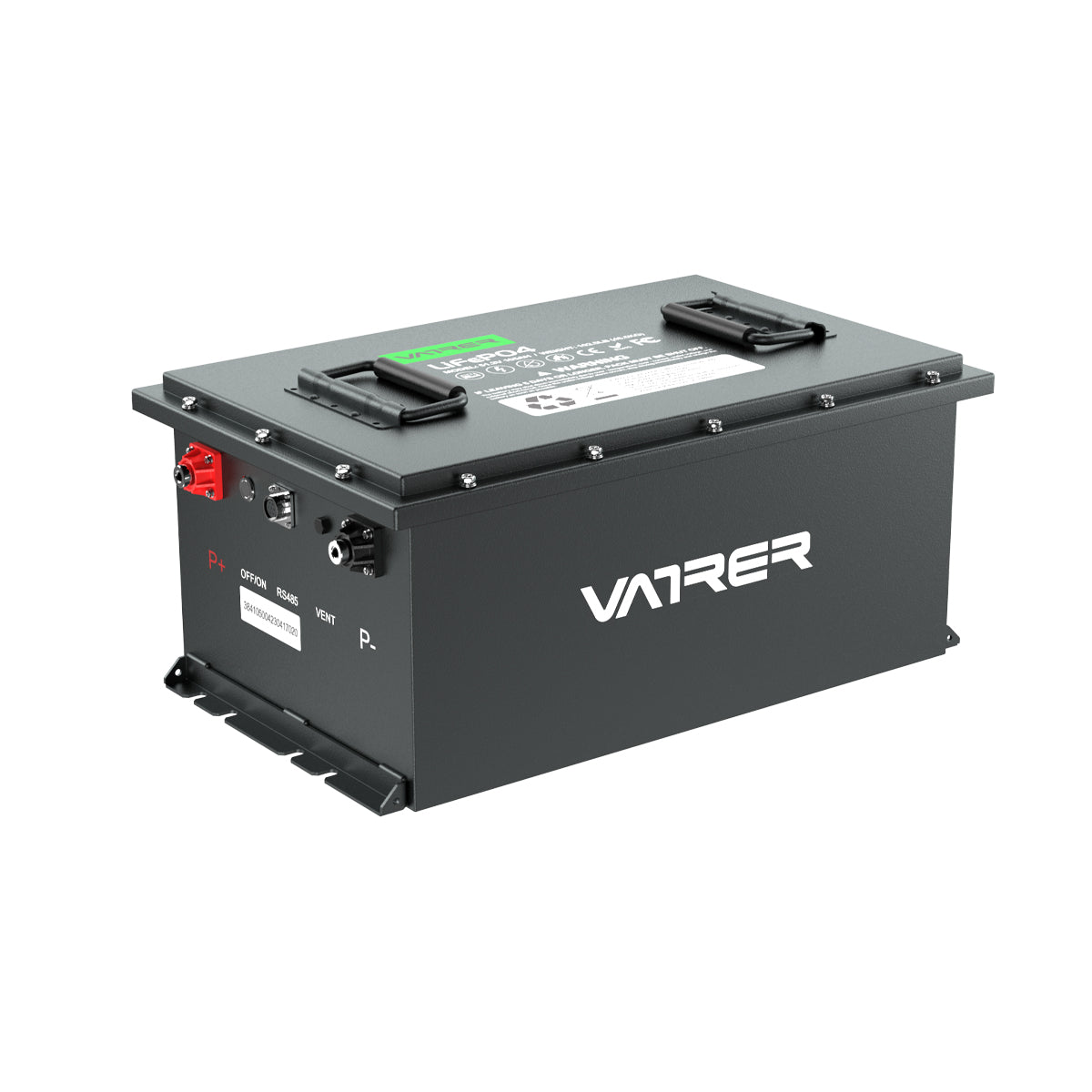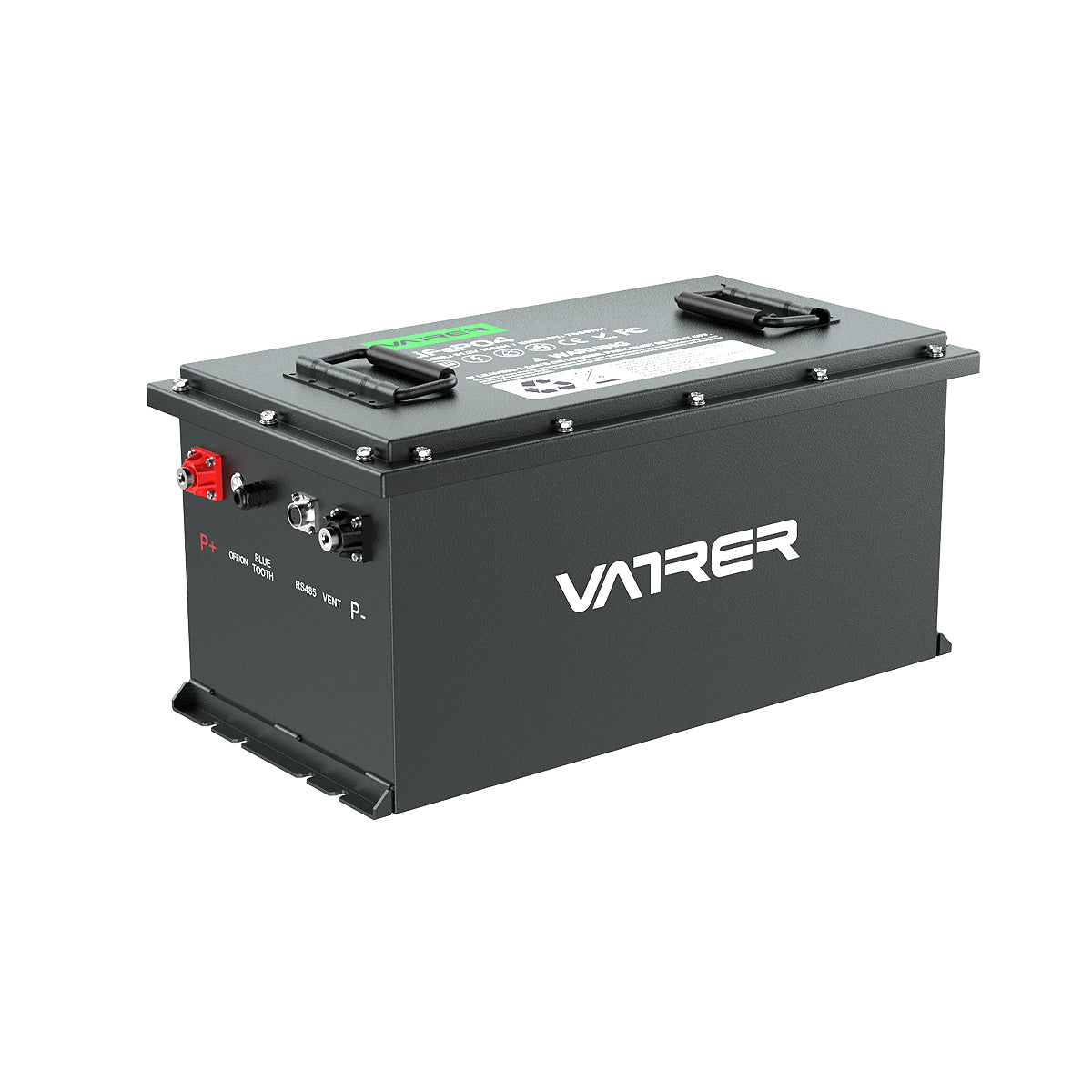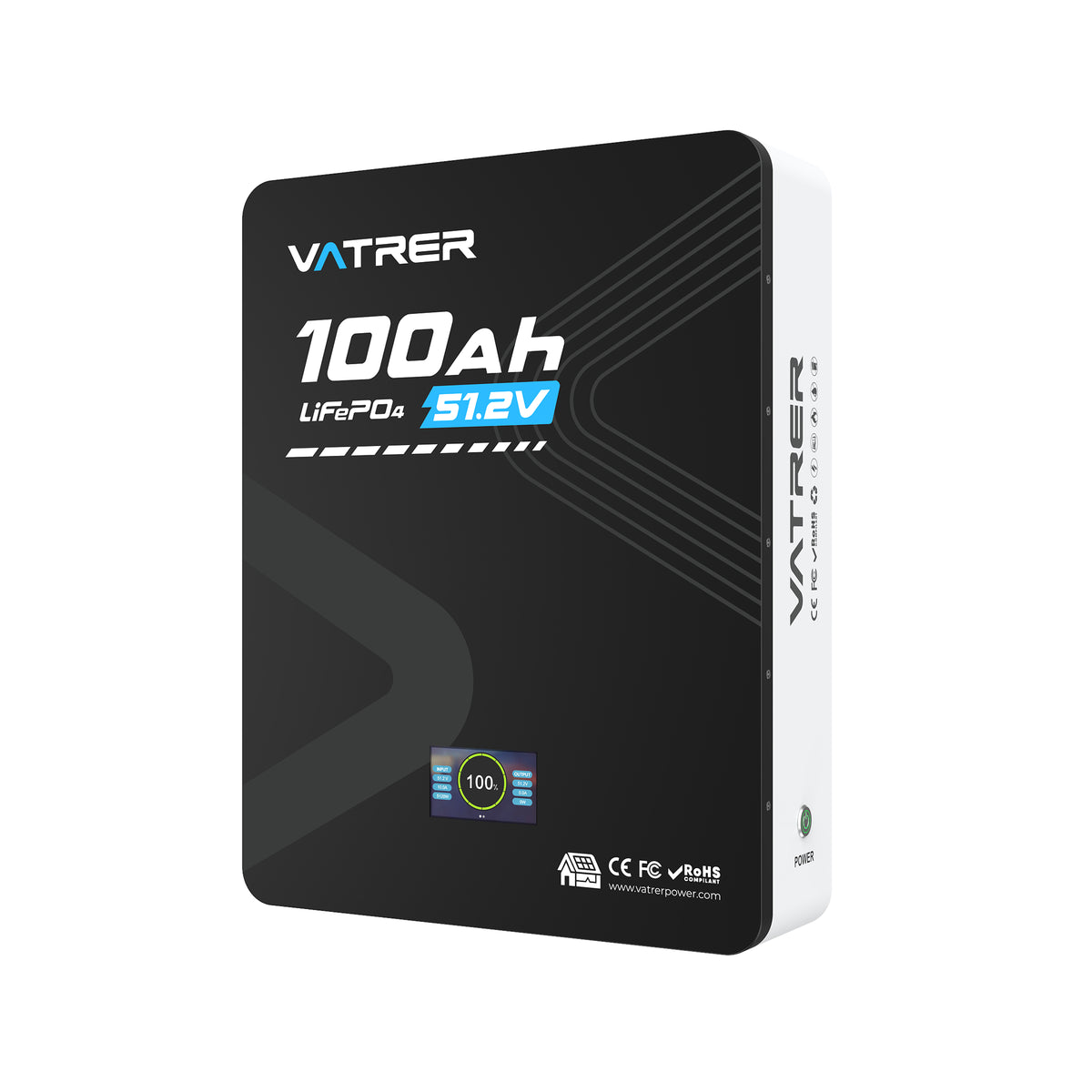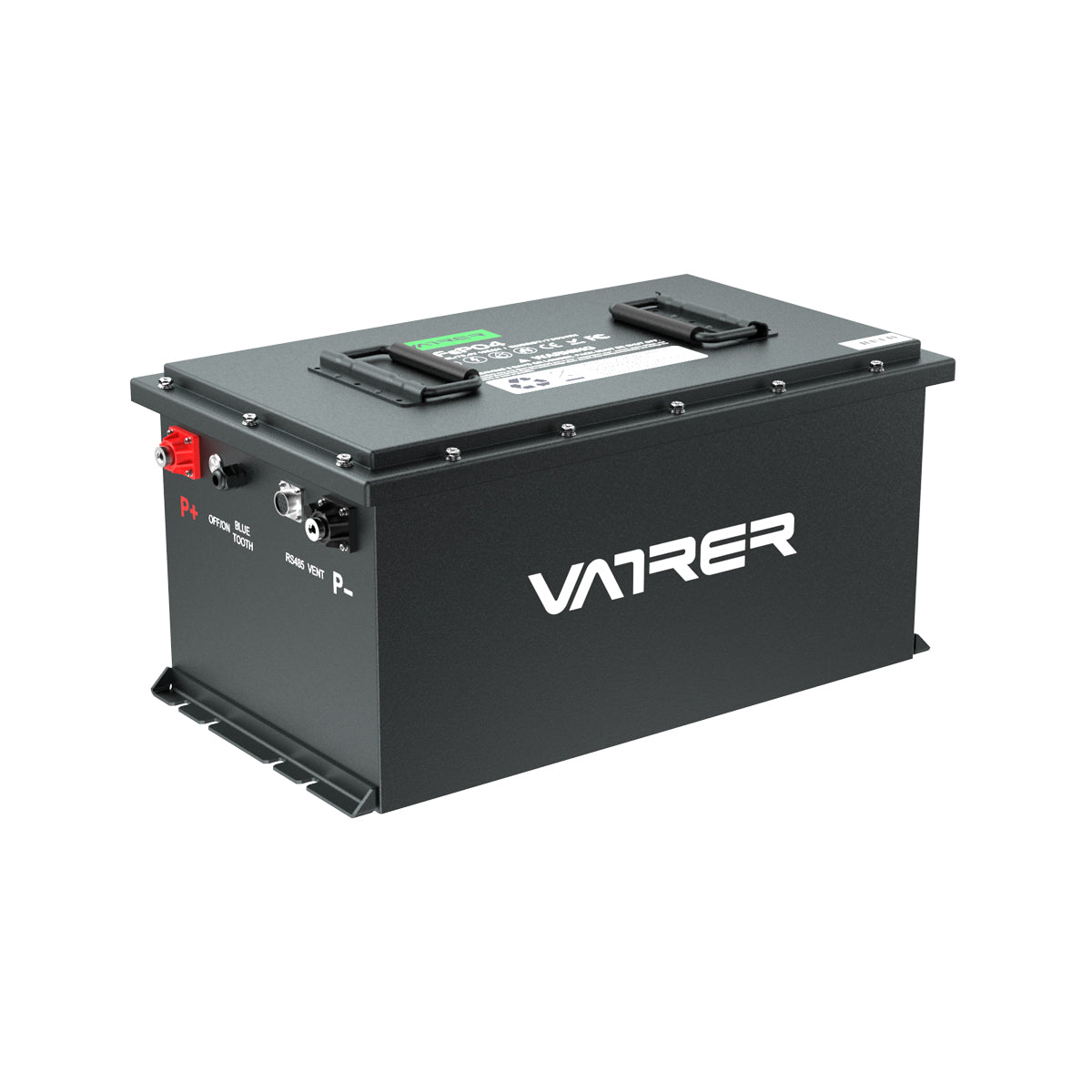Introduction
When using a lithium trolling motor battery, it's important to know how long it will last before needing a recharge. The run-time of the battery depends on various factors, including the battery capacity, power draw of the trolling motor, and other electrical demands. In this blog post, we will explore these factors and provide guidance on estimating the run-time of your lithium trolling motor battery.
Capacity (Amp Hours)
The capacity of a battery is measured in amp hours (Ah) and represents the amount of energy it can store and deliver over a specific period. To determine the run-time of your battery, you need to divide its capacity by the power draw of the trolling motor. A higher-capacity battery will generally provide a longer run-time compared to a lower-capacity one.
For example, let's consider a battery with a capacity of 100Ah and a trolling motor power draw of 20 amps. The run-time in hours can be calculated as follows:
Run-time = Battery Capacity / Trolling Motor Power Draw
Run-time = 100Ah / 20A = 5 hours.
Power Draw of the Trolling Motor
The power draw of the trolling motor refers to the amount of energy it requires to operate and is typically measured in watts or amps. You can find the power draw specifications in the manufacturer's manual or online resources. It's important to note that power draw can vary depending on factors such as speed settings and environmental conditions.
24.0 Vdc Power Source
| Throttle Level | Thrust | Current |
|---|---|---|
| 10% | 25 N-m (6 lbf) | 2A |
| 20% | 45 N-m (10 lbf) | 3A |
| 30% | 70 N-m (16 lbf) | 6A |
| 40% | 101 N-m (23 lbf) | 9A |
| 50% | 140 N-m (31 lbf) | 14A |
| 60% | 184 N-m (41 lbf) | 21A |
| 70% | 233 N-m (52 lbf) | 29A |
| 80% | 287 N-m (65 lbf) | 40A |
| 90% | 345 N-m (78 lbf) | 54A |
| 100% | 355 N-m (80 lbf) | 57A |
36.0 Vdc Power Source
| Throttle Level | Thrust | Current |
|---|---|---|
| 10% | 21 N-m (5 lbf) | 1A |
| 20% | 41 N-m (9 lbf) | 2A |
| 30% | 69 N-m (16 lbf) | 4A |
| 40% | 103 N-m (23 lbf) | 6A |
| 50% | 144 N-m (32 lbf) | 10A |
| 60% | 191 N-m (43 lbf) | 15A |
| 70% | 246 N-m (55 lbf) | 21A |
| 80% | 307 N-m (69 lbf) | 29A |
| 90% | 375 N-m (84 lbf) | 39A |
| 100% | 445 N-m (100 lbf) | 54A |
Other Electrical Demands on the Battery
In addition to the trolling motor, other electrical devices on board, such as lights, fish finders, and other appliances, can impact the battery's run-time. To get an accurate estimate, you should add up the power draw of all these devices and consider their usage duration during your fishing trip.
Calculating Running Time
To calculate the run-time of your lithium trolling motor battery, you can use a simple formula: Run-Time (hours) = Battery Capacity (Ah) / Total Power Draw (A) . For example, if your battery has a capacity of 100Ah and the power draw of your trolling motor is 20 amps, the run-time would be calculated as 100Ah / 20A = 5 hours. However, it is important to note that this calculation does not account for other electrical demands on the battery. To obtain a more accurate estimate, you need to factor in the power draw of all additional components and add it to the trolling motor's power draw. For instance, if a light draws 5 amps and a fish finder draws 2 amps, the total power draw would be 20 amps + 5 amps + 2 amps = 27 amps. Dividing the battery capacity by the total power draw, the run-time would be calculated as 100Ah / 27A = 3.703 hours, or approximately 3 hours and 42 minutes.
Field Tests
Field tests and customer experiences have provided valuable insights into the practical run-time of trolling motor lithium batteries. Many customers report being able to comfortably run their trolling motors and other accessories for a full day of fishing with 50Ah lithium battery models. With 100Ah models, customers have reported running their setups for two or more full days before needing to recharge. However, it is important to keep in mind that actual run-time may vary depending on factors such as temperature, battery chemistry, water conditions, and individual usage patterns. Adhering to the manufacturer's guidelines for charging, maintenance, and storage will ensure optimal performance and longevity from your battery.
Maximizing Battery Performance
To maximize the performance and run-time of your trolling motor lithium battery, consider the following tips:
- Opt for a battery with a higher capacity to enjoy longer run-times on the water.
- Use power settings on your trolling motor that are appropriate for the prevailing conditions to minimize power consumption.
- Minimize the use of additional electrical components when not needed to conserve battery power.
- Regularly monitor your battery's charge level and recharge it before it reaches critically low levels.
- Follow the manufacturer's guidelines for charging, maintenance, and storage to ensure optimal battery health and longevity.
Conclusion
By considering the battery capacity, power draw of the trolling motor, and other electrical demands, you can estimate the run-time of your lithium trolling motor battery. Utilize the specific calculations provided in this article to determine the approximate run-time. Keep in mind that factors such as temperature, battery chemistry, and environmental conditions can affect the actual run-time. It is always recommended to follow the manufacturer's guidelines for charging, maintenance, and usage to ensure optimal performance of your battery.





